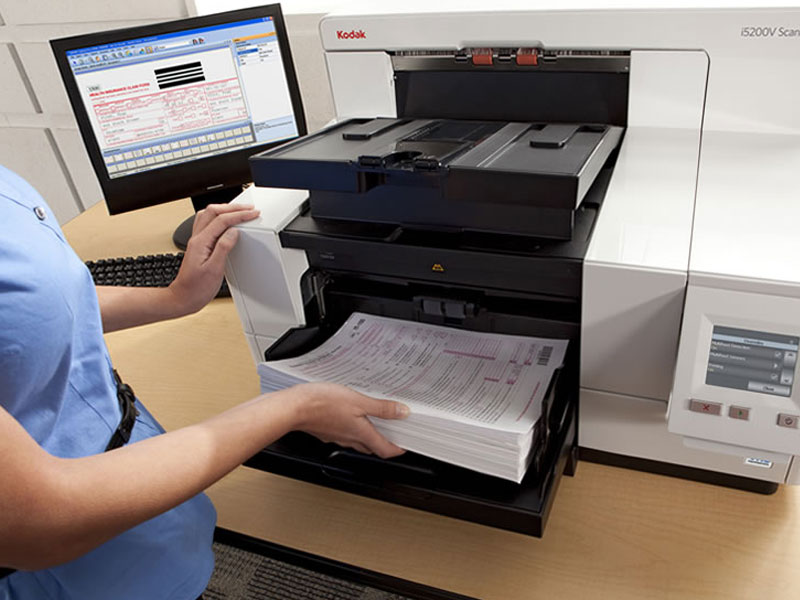


The inventory control function is a crucial component of supply chain management, aimed at overseeing and managing a company's inventory levels. This function ensures that the right amount of inventory is available at the right time to meet customer demand while minimizing costs related to excess stock or stockouts. Here are the key aspects of the inventory control function which we can facilitate clients to gear up effectively:





Data and document management are critical components for any organization, providing a structured approach to handling information efficiently and securely. Thus our suggested effective management of data and documents can greatly enhance operational efficiency, ensures regulatory compliance, and supports informed decision-making.

Inputting data into various systems and software, validating and verifying the accuracy of the data.

Converting physical documents into digital format, creating metadata to make them searchable and easily retrievable.

Creating, updating, and maintaining digital document libraries, setting up security and access controls, ensuring compliance with legal and regulatory requirements.

Analyzing data to identify trends, patterns, and insights, creating reports and visualizations to share with clients.

Moving data from one system or format to another, ensuring data integrity and security during the transition.

Managing data retention policies, archiving data that is no longer needed to comply with legal or regulatory requirements.

Establishing and maintaining policies and procedures for data management, ensuring data quality and accuracy.

Automating the flow of documents between different parties, tracking progress and progress of the documents.

Implementing and maintaining security protocols to protect sensitive data and documents, managing access controls to ensure only authorized parties can view or edit data.